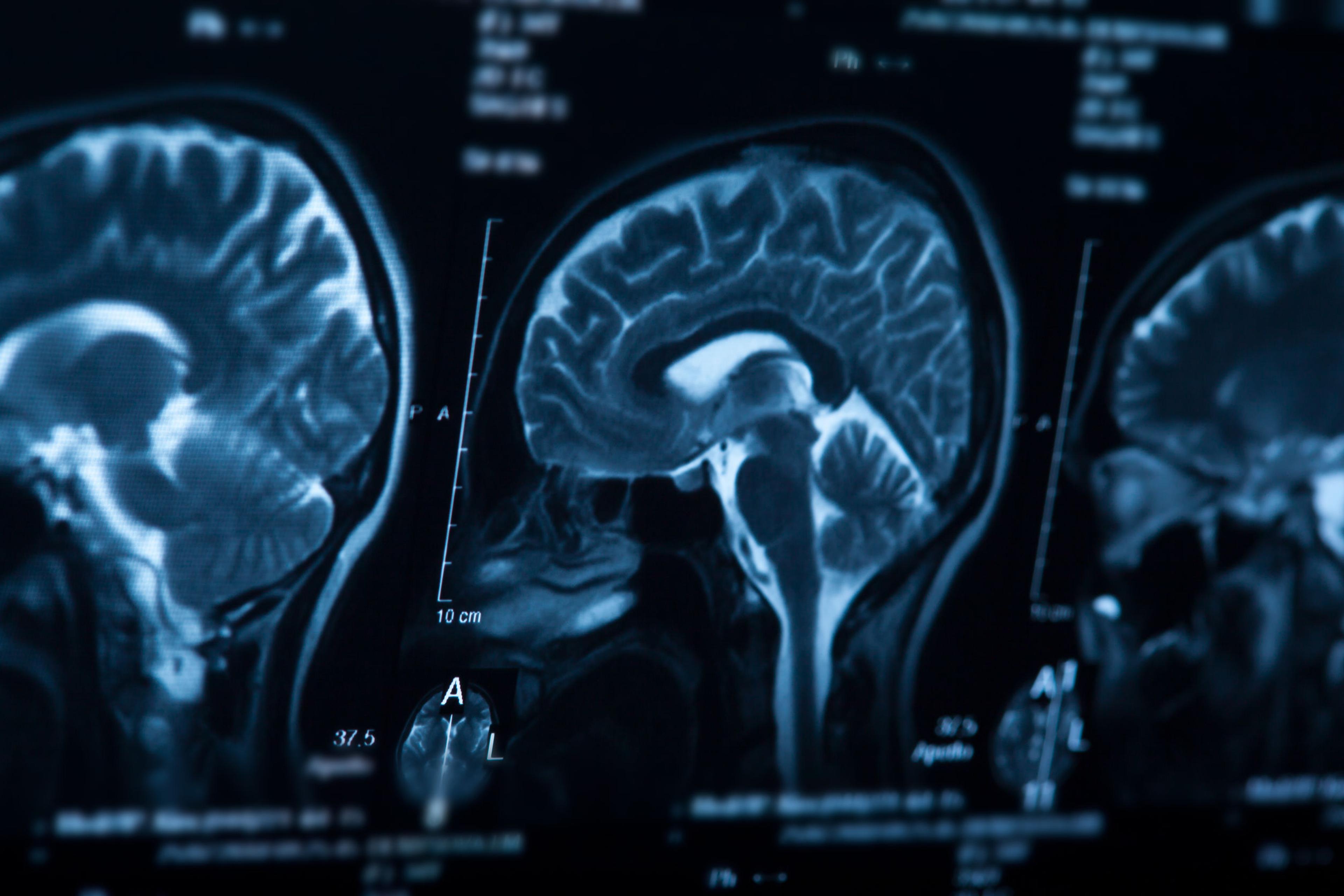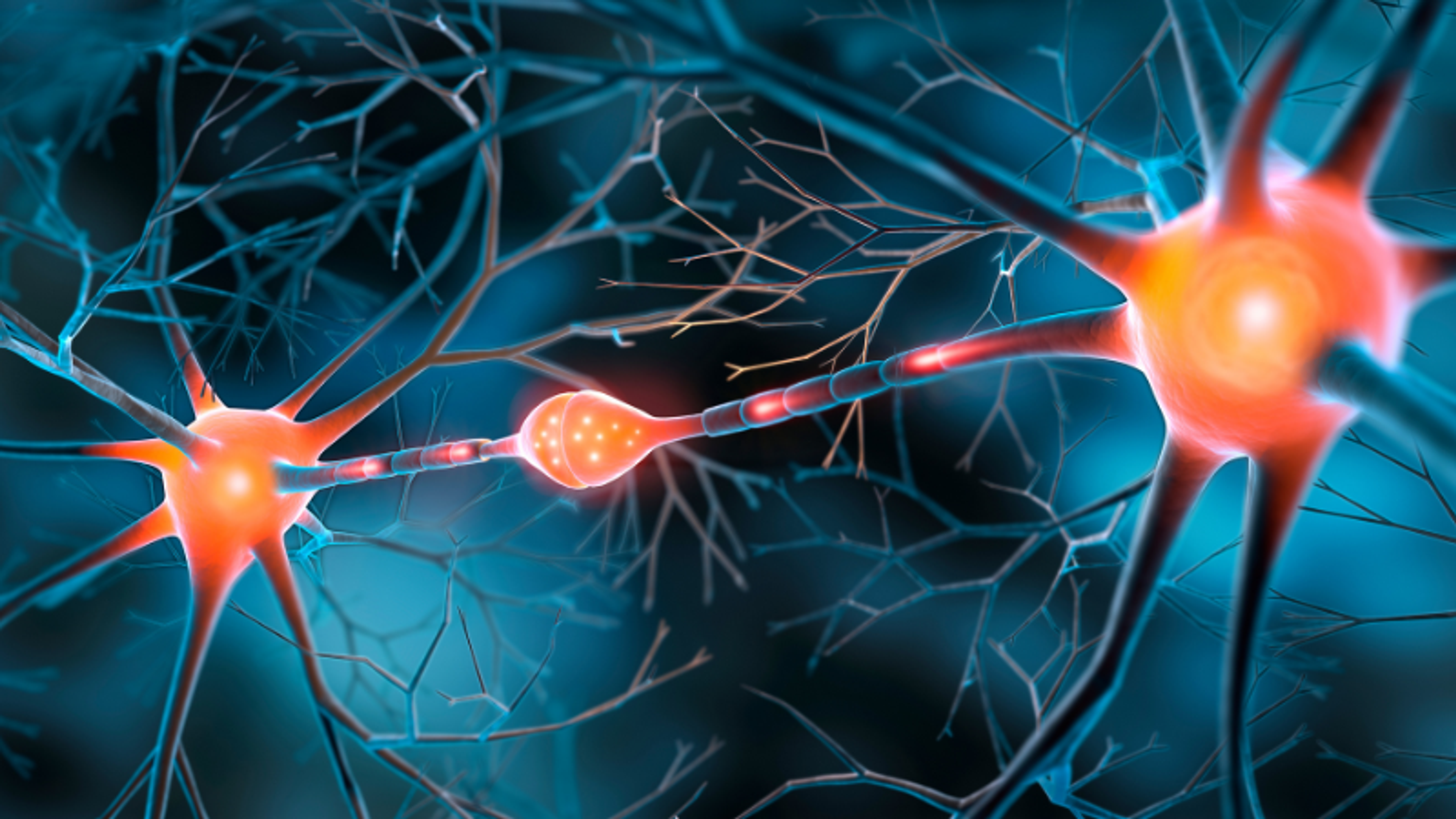
Biomarkers and breakthroughs in dementia diagnostics
CLINICAL24
Biomarkers are transforming the way we understand, diagnose, and ultimately manage dementia, offering the potential to detect disease earlier and with greater accuracy than ever before. For decades, diagnosis relied heavily on clinical assessment and observable symptoms, which often meant that interventions occurred only in the later stages of the condition. Today, rapid advances in biomarker discovery and diagnostic tools are changing that landscape, enabling earlier detection, more precise classification of dementia subtypes, and better monitoring of disease progression.
From blood-based tests to advanced imaging and molecular profiling, these breakthroughs are opening new avenues for both research and patient care. In this feature, we explore the latest innovations driving dementia diagnostics, their real-world applications, and the promise they hold for improving outcomes and shaping the future of treatment.

Advances in blood-based biomarkers are transforming early and accurate Alzheimer’s disease detection. Quanterix, a company working at the very frontiers of neurology, is pioneering some of these innovations, integrating novel assays and partnerships to improve diagnostic precision and clinical adoption. In this interview, Lindsey Mette, Director of Medical Affairs tells us more.
Read interview
James Freeman, SVP and Head of Core Lab Solution R&D, points to the need for highly sensitive assays in detecting Alzheimer’s biomarkers. To replace invasive spinal tests, Siemens Healthineers is developing plasma-based assays using optimized antibodies, conjugates, and buffers. With advances in biomarkers like p-tau 217, these tests could make neurology diagnostics more accurate and accessible.
Watch interview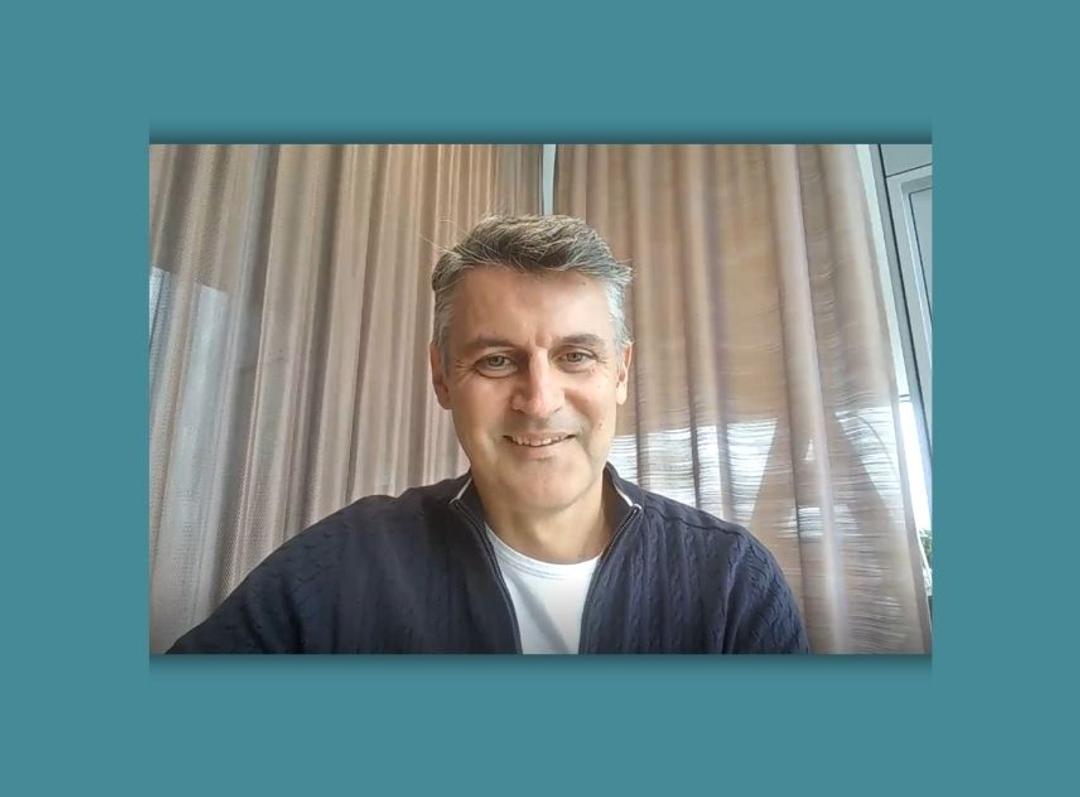
In this exclusive interview, Cristiano Tunesi, the Neurology International Business Leader at Roche Diagnostics, explains how Elecsys® pTau blood tests are transforming Alzheimer’s diagnosis, enabling early detection, differentiating it from other neurodegenerative disorders, and shaping future neurology innovations.
Watch interview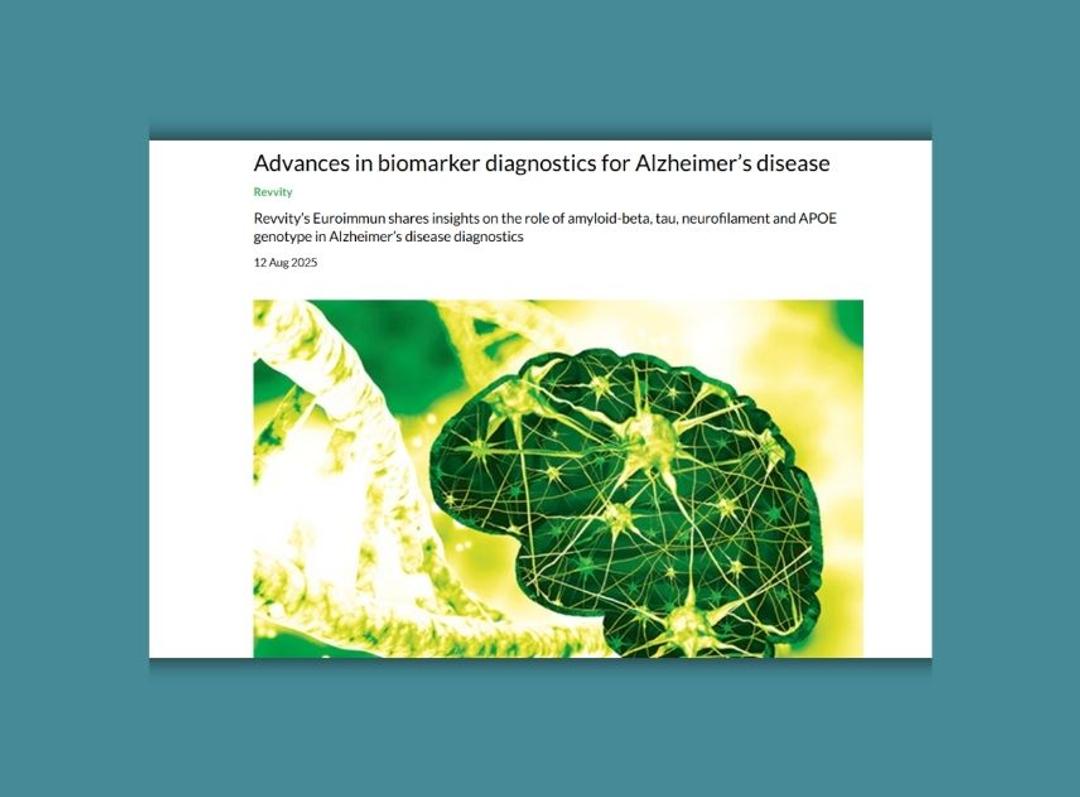
Biomarkers like amyloid-beta, tau, and neurofilaments, detected via PET or biofluid tests, are central to Alzheimer's diagnosis. While CSF-based assays remain the gold standard, blood-based biomarkers are emerging but need further validation. APOE genotyping helps assess treatment risks. Advances in diagnostics, including AI and molecular testing, are shaping more personalized and scalable care pathways.
Read article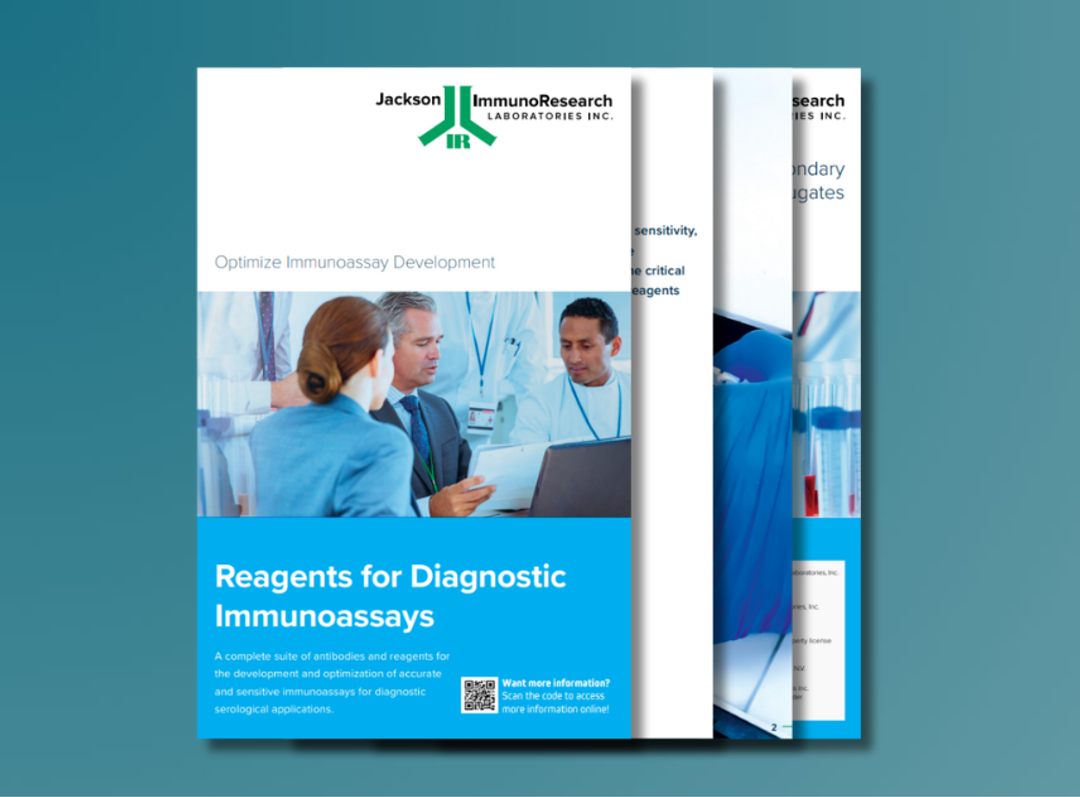
Discover Jackson ImmunoResearch’s high-quality secondary antibodies, conjugates, and immunoassay reagents for reliable serological diagnostics. This resource offers guidance on antibody selection, monoclonal vs. polyclonal choices, assay formats, and cross-adsorption to reduce non-specific signals. Learn how different reporter conjugates and blocking methods can enhance sensitivity, accuracy, and reproducibility in ELISA, lateral flow, and other diagnostic immunoassays.
Download resource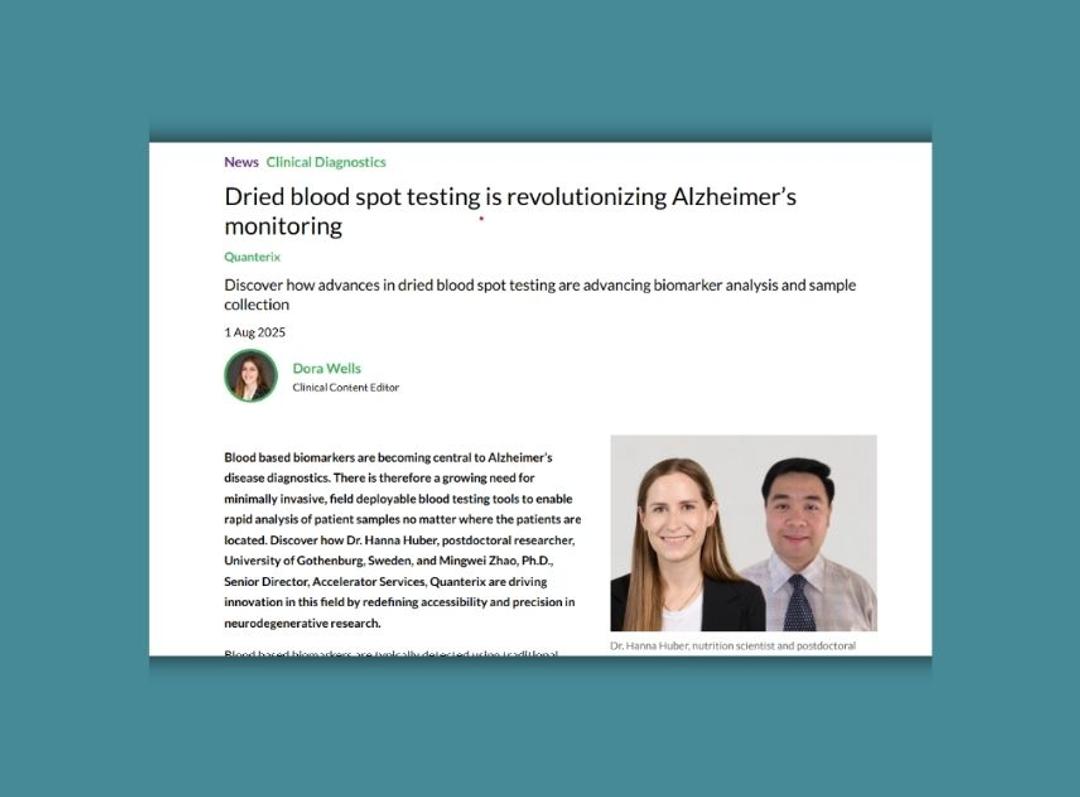
Blood based biomarkers are becoming central to Alzheimer’s disease diagnostics. In this exclusive interview, discover how Dr. Hanna Huber, postdoctoral researcher, University of Gothenburg, Sweden, and Mingwei Zhao, Ph.D., Senior Director, Accelerator Services, Quanterix are driving innovation in this field by redefining accessibility and precision in neurodegenerative research.
Read interview
